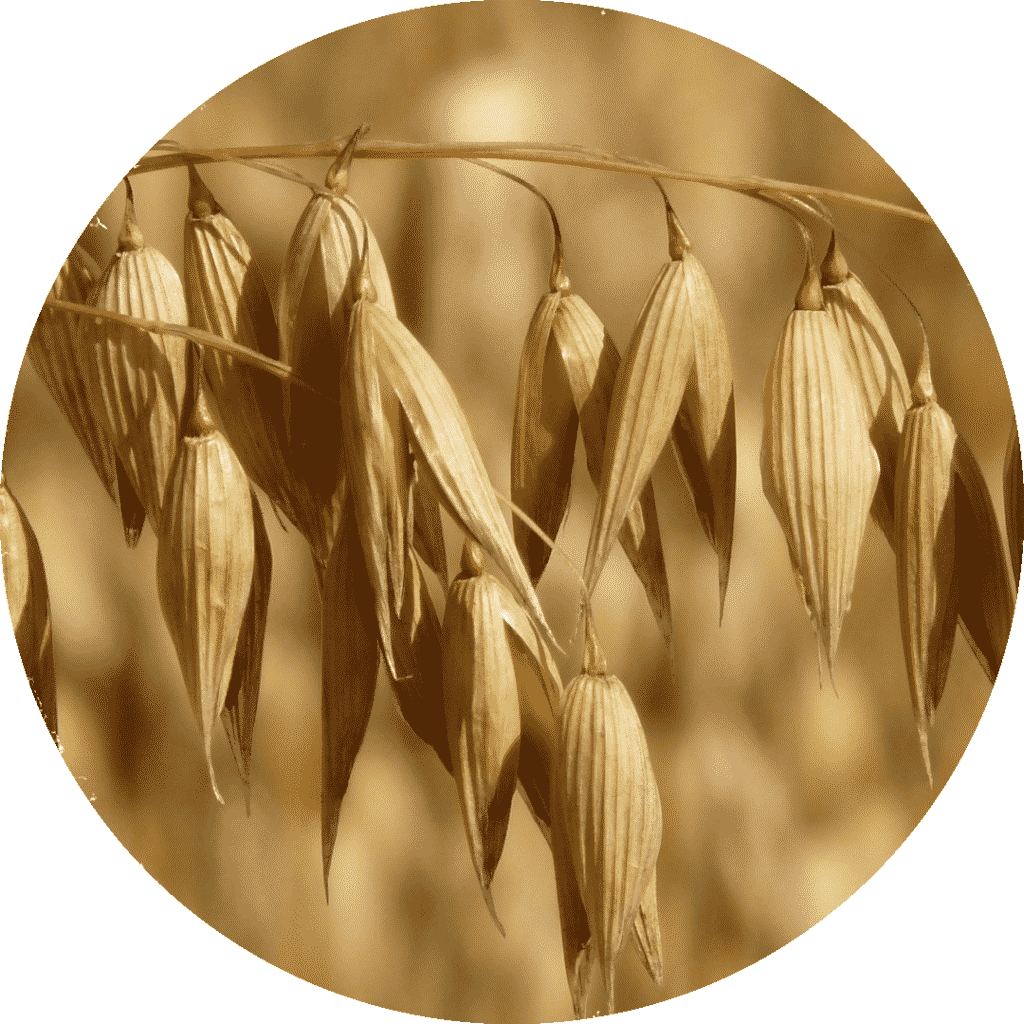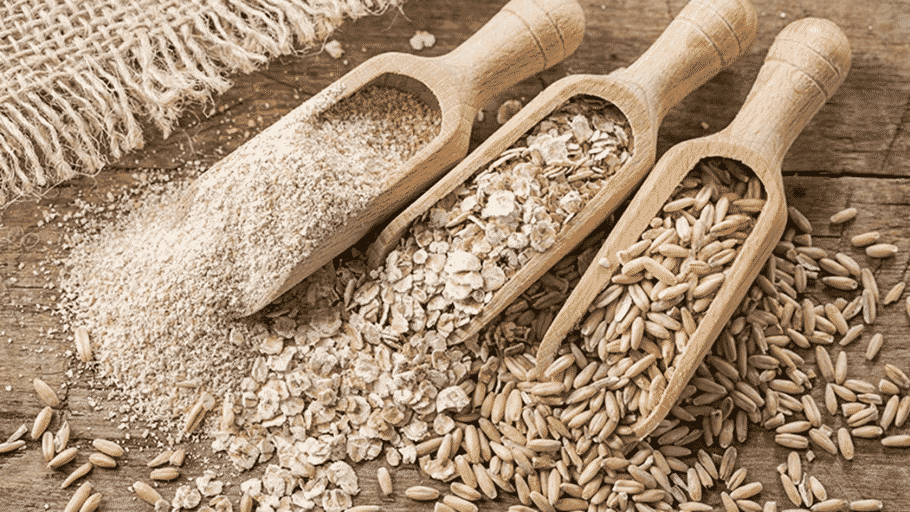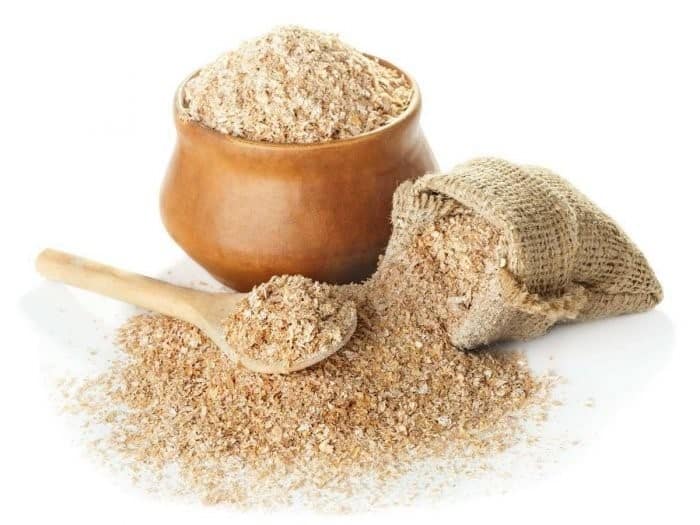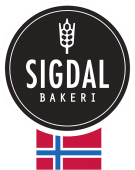
Oat bran, the superfood!
The use of oats in human food originated in Anglo-Saxon countries and in Northern Europe (Scotland, Germany, Ireland, Scandinavia). Oatmeal was a common food and was eaten in the form of oatmeal or porridge.
More recently, oat derivatives such as oat milk (recommended for dairy intolerance or vegetarian diets), and oat bran (known for its benefits in weight loss or gluten-free diets), have surfaced.

Oat bran is rich in nutrients and contains :
- carbohydrates, a source of energy for our body
- fibre, which promotes intestinal transit
- vegetable proteins that are easily assimilated by the body. These same vegetable proteins are rich in tryptophan and promote the production of serotonin, which guarantees good sleep and combats depressive disorders.
- galactolipids that would improve the nervous system
- iron, which oxygenates the blood
- magnesium, which strengthens the immune system
- phosphorus, which strengthens the bone and tooth structure
- many antioxidants and essential amino acids (phosphorus, manganese, magnesium, iron, selenium, vitamins B1, zinc, copper, vitamin B5).
The consumption of oat bran is recommended as part of a weight loss diet:

As the only food that contains so much fibre that can absorb up to 30 times its volume of liquid, oat bran provides a quick feeling of fullness, which can be valuable when trying to lose weight.
The numerous fibres mix with the food, capturing its fats and sugars. These fibres cannot be assimilated by the body and are directly eliminated, thus reducing the number of calories ingested during the meal.
Oat bran contains magnesium, which helps to combat the fatigue inherent in a slimming diet.
The health benefits of oat bran :
- It is known to reduce the risk of cardiovascular disease
- With a particularly low glycaemic index, it normalises blood glucose and insulin levels, thus helping to combat diabetes. By reducing the risk of hyperglycaemia, it also helps to reduce fatigue and hunger.
- It reduces the production of cholesterol by the liver
- By promoting regular transit, oat bran contributes to overall well-being and may also prevent colon cancer
- It stimulates the functioning of the thyroid gland
- It keeps our hydration level at the top, thanks to its absorption qualities. Good hydration keeps our body in good shape and health and also helps to reduce certain headaches, muscle tension, fatigue, etc.
- It is an aphrodisiac! In fact, oats act on three levels: against physical fatigue, sexual apathy and intellectual apathy. It contains a hormone similar to folliculin which also acts on sterility and impotence.
- The proteins contained in oat bran naturally produce heat (the process of thermogenesis) and help to improve resistance to cold and damp.
For all these health benefits, the consumption of oat bran is particularly recommended for seniors.

How to use oat bran?
In just a few years, oat bran has therefore become a superfood that can easily be included in a daily diet.
You can sprinkle oat bran on salads, raw vegetables, vegetable gratins, soups, or mix it with dairy products (yoghurt, cottage cheese, etc.)
Oat bran can be incorporated into preparations that are to be cooked, as its properties remain unchanged during cooking. For example, oat bran is commonly found in recipes for pancakes, bread or pizza dough, or cakes. Oat bran is present in the three classic recipes of Sigdal Norwegian crackers: pumpkin seeds, herbs and sea salt, rye and spelt bran.

